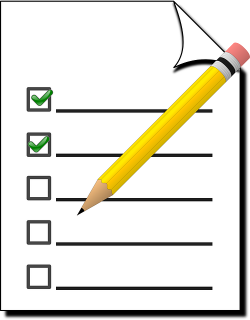Finding Your Perfect Match
Finding the right software is like finding the right partner. You wouldn't just marry the first person you were attracted to, right? You must be certain that what they offer matches what you need. The same is true for your software.
Before you "tie the knot" with a solution, it's crucial to understand not only what you need today, but where you plan to be in the future. Which are your must-have features? Which features can you live without? Establishing this list not only helps narrow your possible options, but it also increases your likelihood of a successful, long-term relationship with the software you choose.
We're here to guide you to your software best-fit based on criteria that aligns with your goals. We'll help you define and rank your features to find your perfect match.



